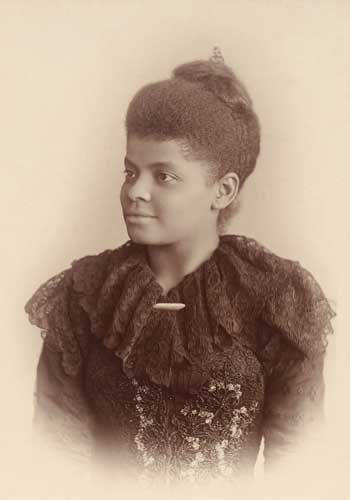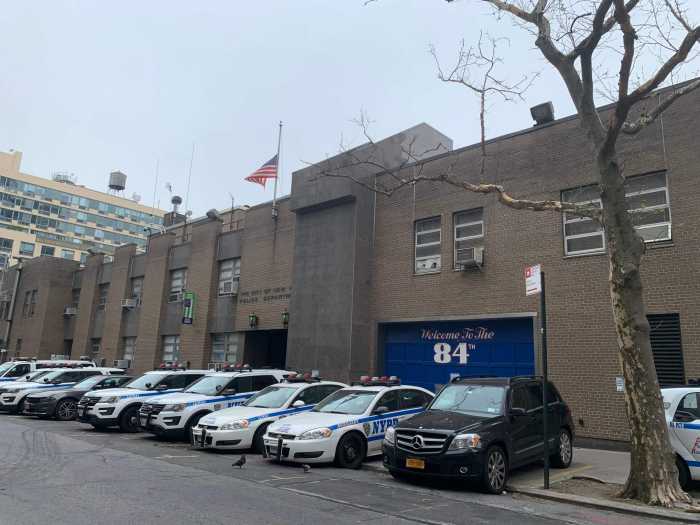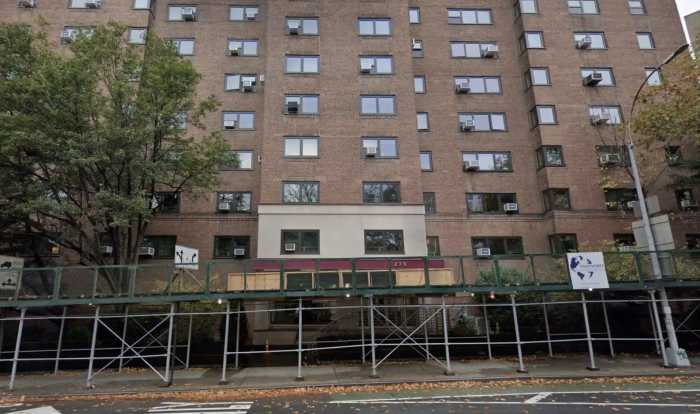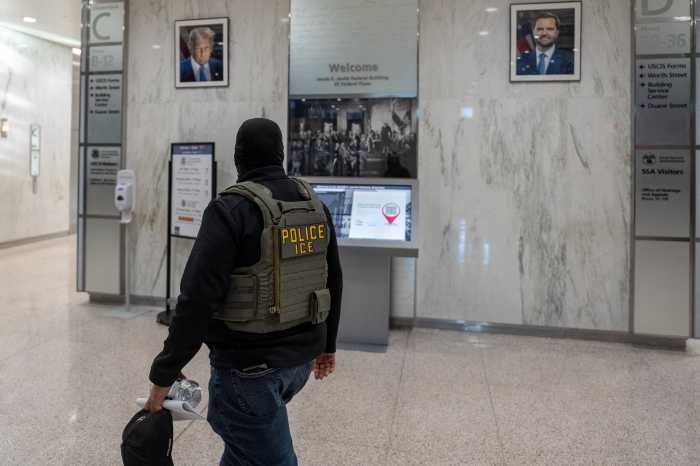Wells would you look at that!
A Downtown street may soon bear the name of a pioneering African-American journalist who settled in Kings County amid her career using the pen to fight racism and champion civil rights.
The tribute recognizes how formative Ida B. Wells’ years in Brooklyn were in shaping the activist’s work advocating for equality for all citizens, according to a historian who proposed the street co-naming.
“Her period in Brooklyn was very seminal in her life, but little known” said Jacob Morris, a Manhattan-based historian who has successfully orchestrated the co-naming of dozens of city streets in honor of prominent black individuals. “It was here that she really grew as an advocate, thanks to all these fabulous women in Brooklyn.”
Members of Community Board 2’s Transportation Committee on Thursday unanimously voted 10–0 in favor of christening Gold Street between Myrtle Avenue and Willoughby Street as “Ida B. Wells Place” in recognition of the Mississippi-born advocate’s brief residency on the block in the 1890s.
Morris first introduced the idea to Downtown Councilman Stephen Levin back in 2016, and it quickly garnered a groundswell of support from other pols and officials including Borough President Adams, Crown Heights state Sen. Jesse Hamilton, and faculty at Medgar Evers college.
But the proposal sat on Levin’s desk for roughly two years until he kicked it over to the community board the day of the Transportation Committee’s vote.
Bigwigs at the Brooklyn Historical Society and Ida B. Wells Society — an organization founded by black Brooklynite and journalist Nikole Hannah-Jones, with headquarters at Harvard University — also endorsed the co-naming pitch and confirmed Wells’ stint as a King Countian, according to a rep from Levin’s office.
The influential investigative journalist — who along with Brooklyn Bridge mastermind Emily Roebling and other notable females recently received obituaries in the New York Times that honored their legacies long after their deaths — was born into slavery, and later moved to Tennessee, which she fled when a lynch mob that killed three of her friends turned its hatred toward her, destroying her newspaper’s office after she reported on its deadly attacks.
Wells then lived on Gold Street, near where the current Chase bank at the edge of MetroTech Center currently stands, and gave speeches to inspire fellow females in the area until she married the editor of a Chicago newspaper in 1895, according to information from Morris, which highlights the many accomplishments she went on to achieve until her death in 1931.
“A beloved, brilliant, and committed lady whose writings, compositions, advocacy, and analysis heightened our understanding, as well as our history — she was a fine neighbor and member of our community, as well as a great Brooklynite,” the historian wrote in his report.
And if the co-naming effort succeeds, a commemorative plaque telling the civil-rights advocate’s story should accompany any new signs installed on the street, the civic gurus recommended.
“People look at a name, but there’s never any memorial plaque,” said Transportation Committee member Ernest Augustus.
Community Board 2’s Executive Committee will now vote on the proposal, which Council will make the final call on later this year.
The locals’ tribute to Wells comes amid an ongoing controversy over other monuments and markers throughout the city, including a polarizing statue of a doctor known for experimenting on black slaves that will soon stand in the bucolic Green-Wood Cemetery despite some residents’ demands that it never see the light of day.
























